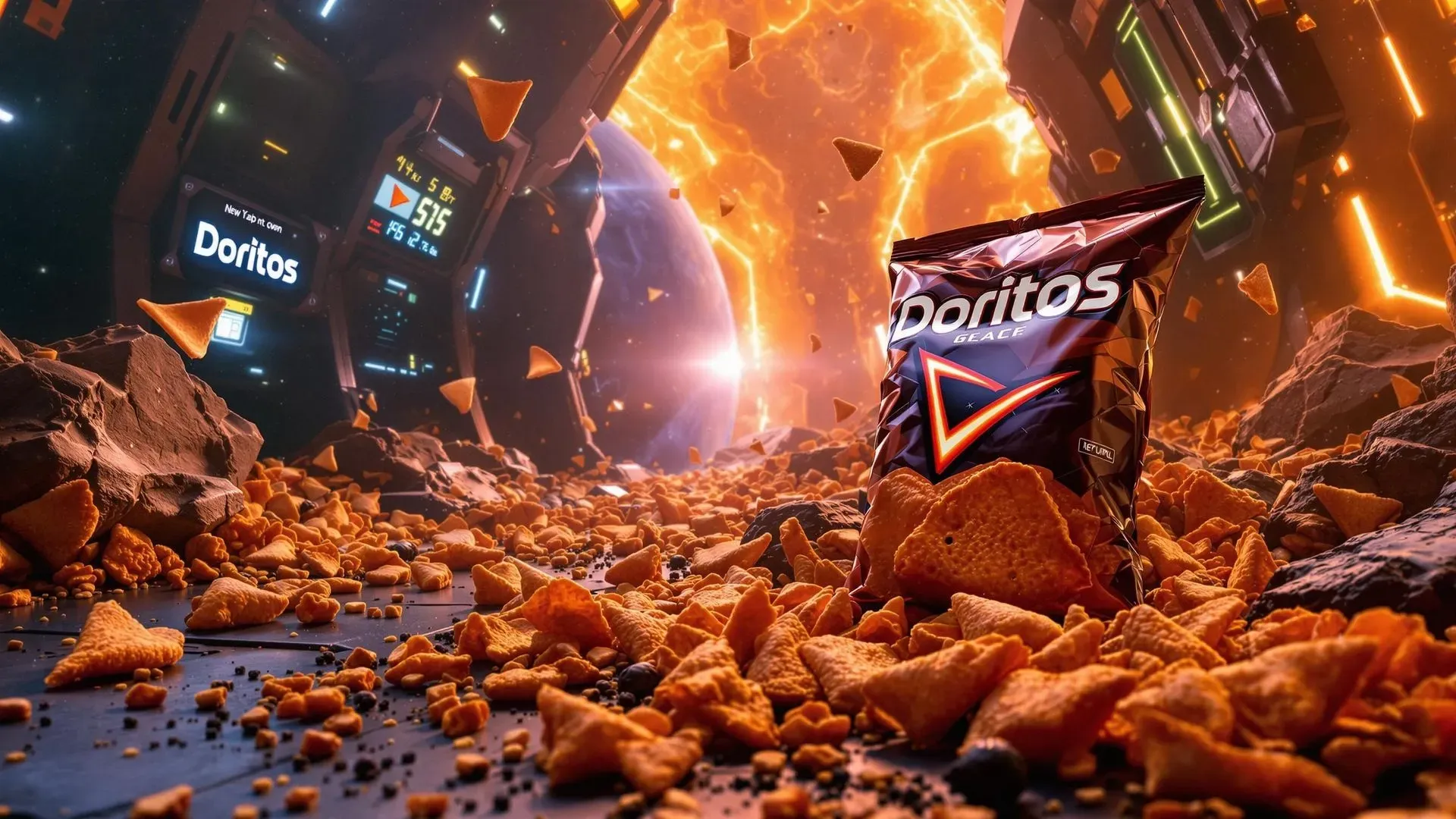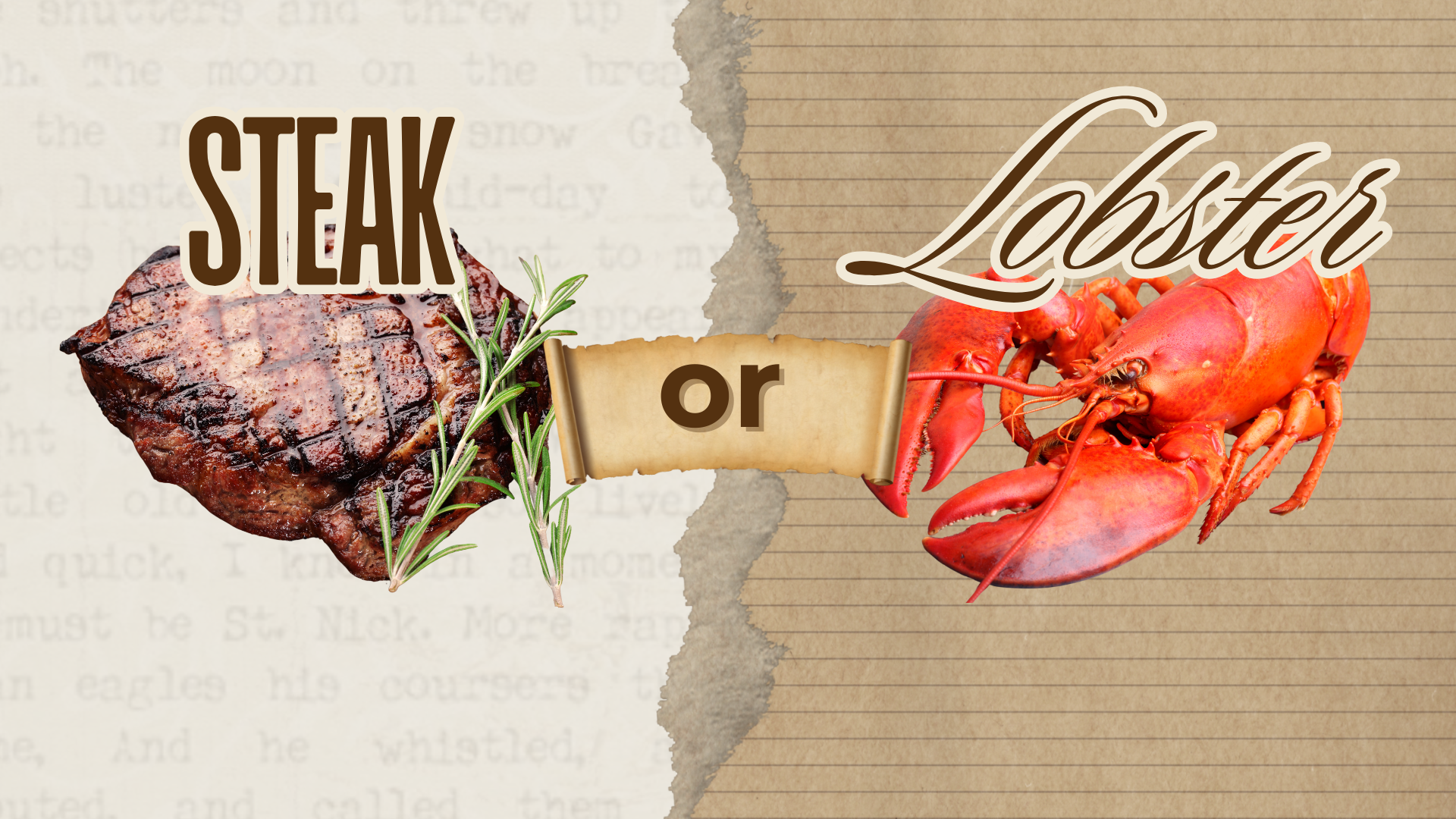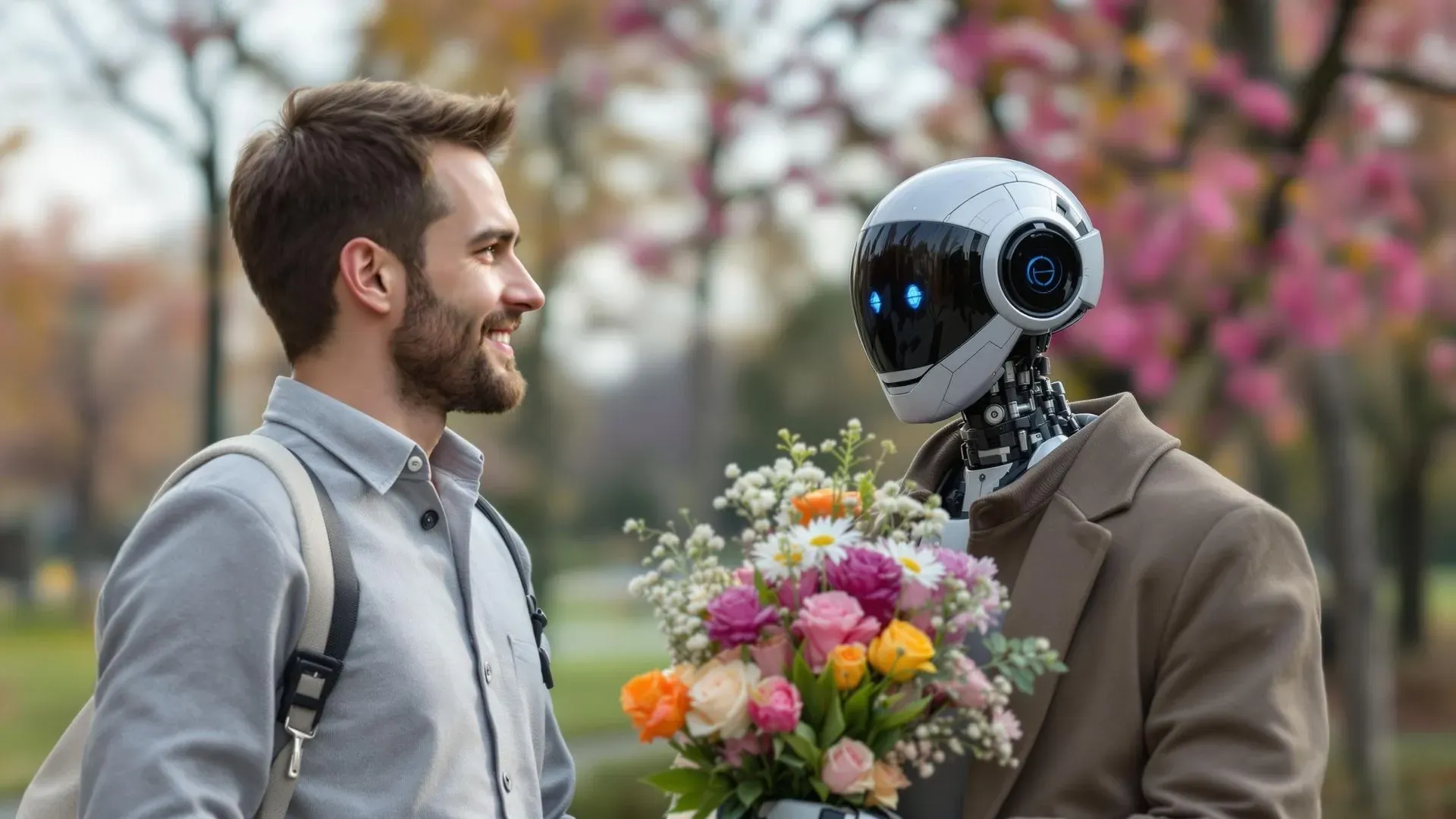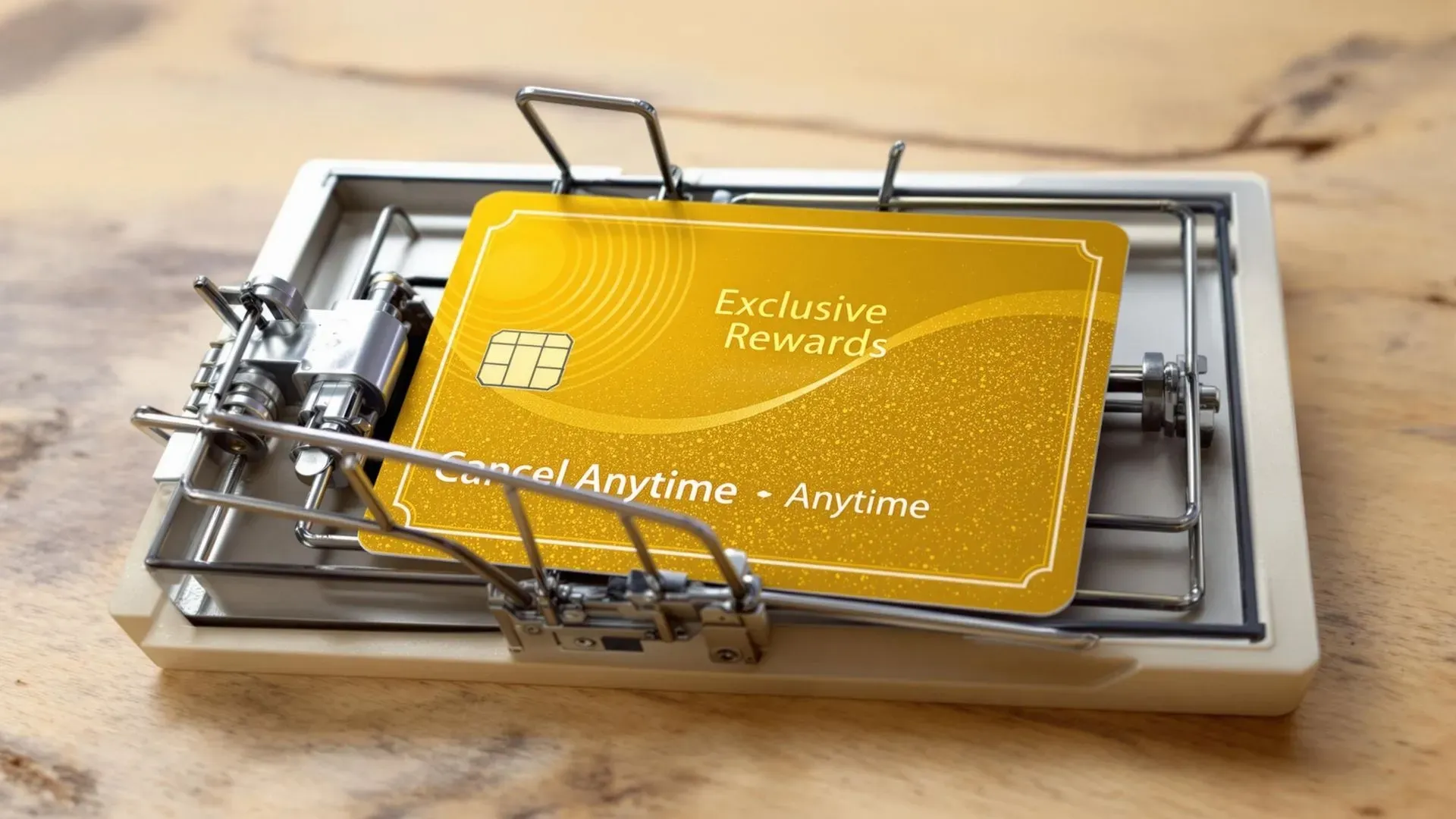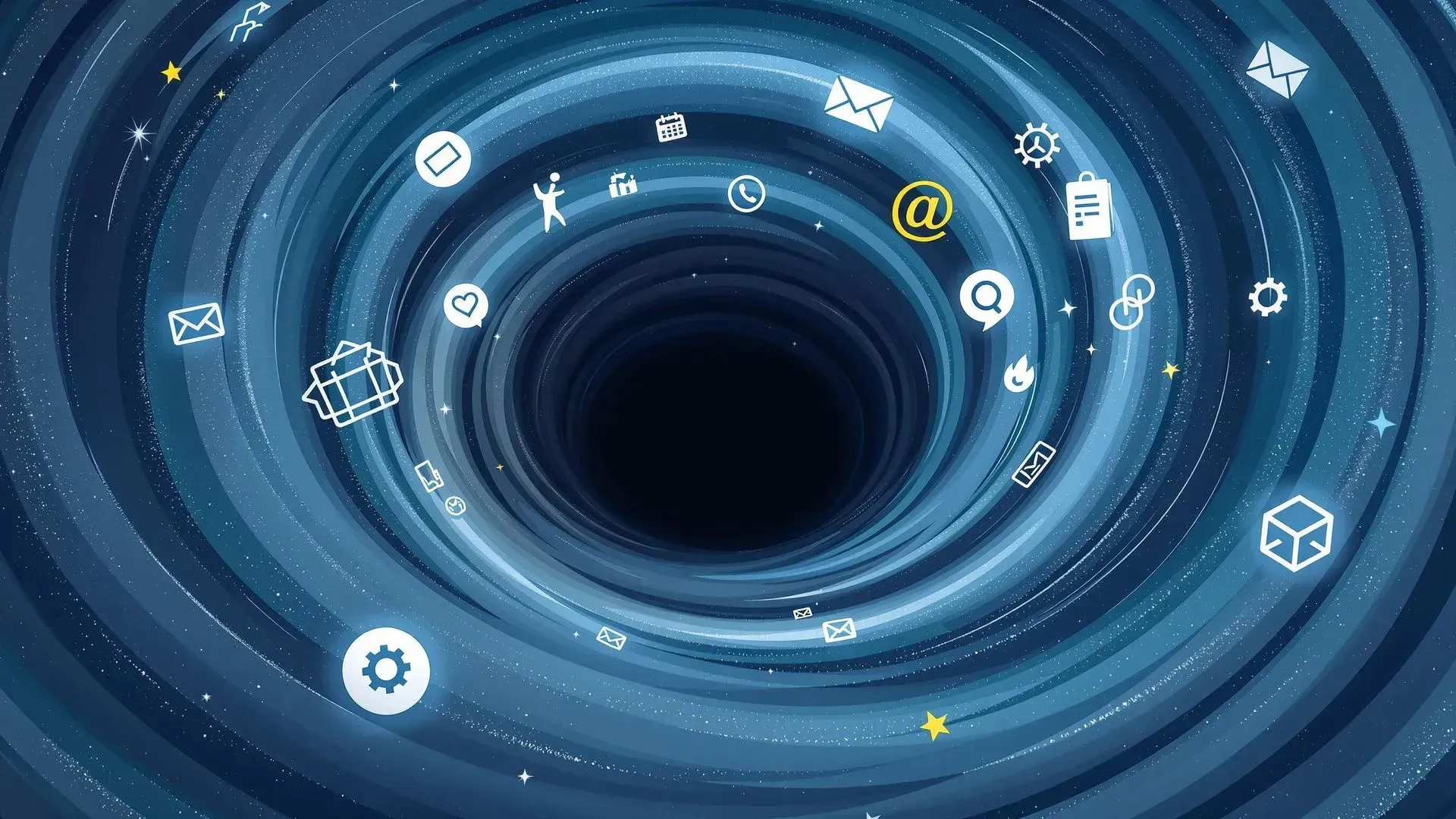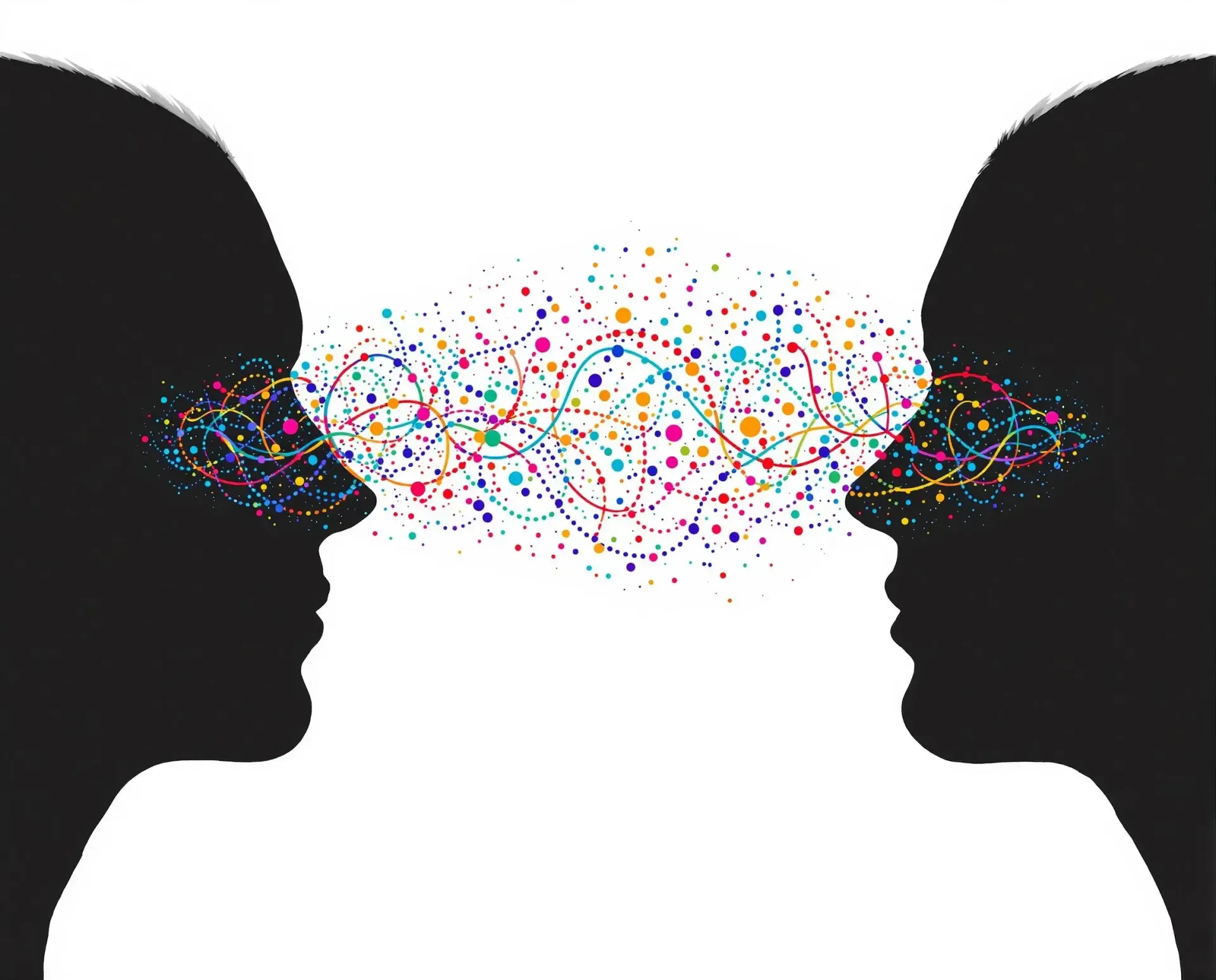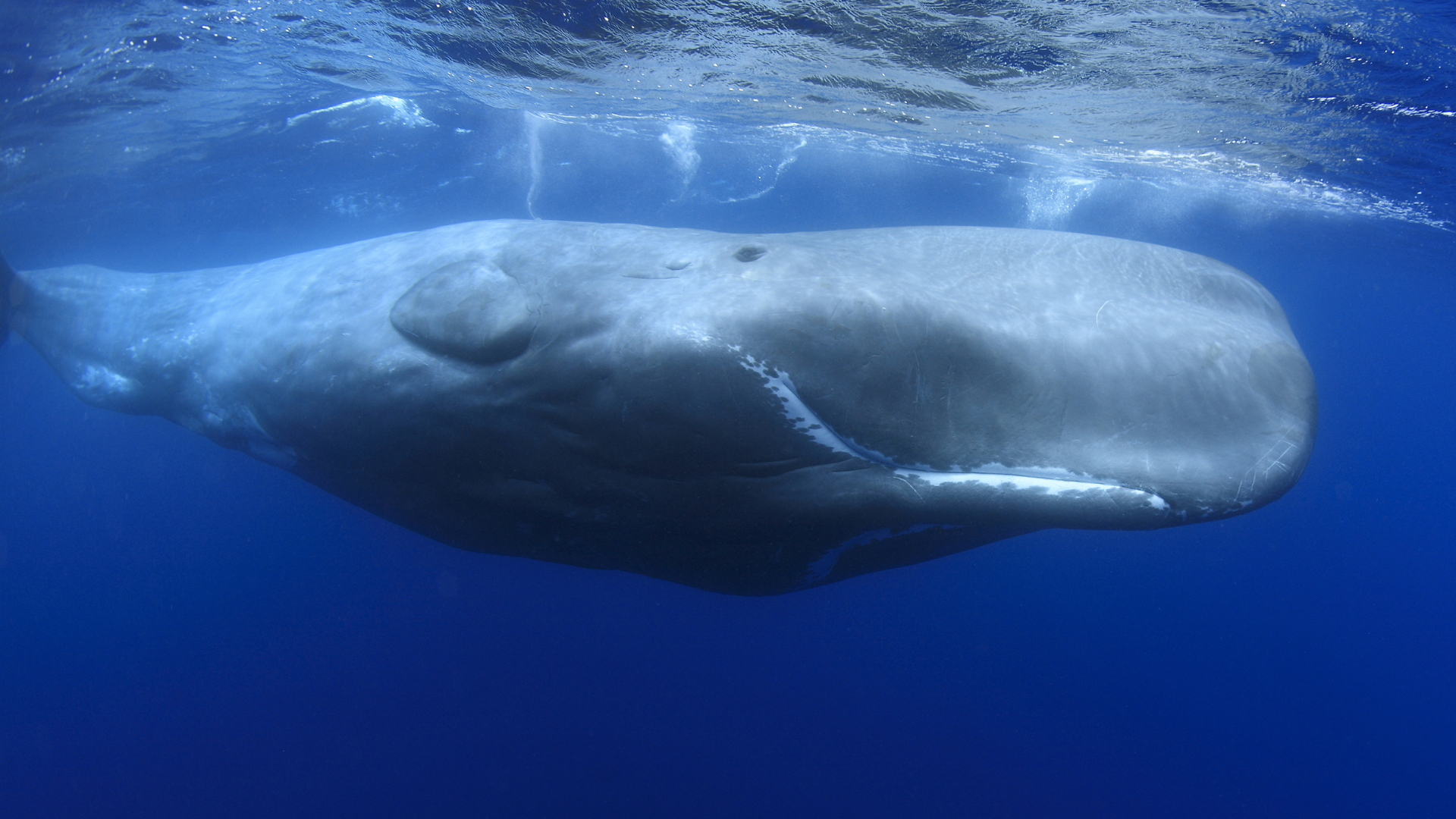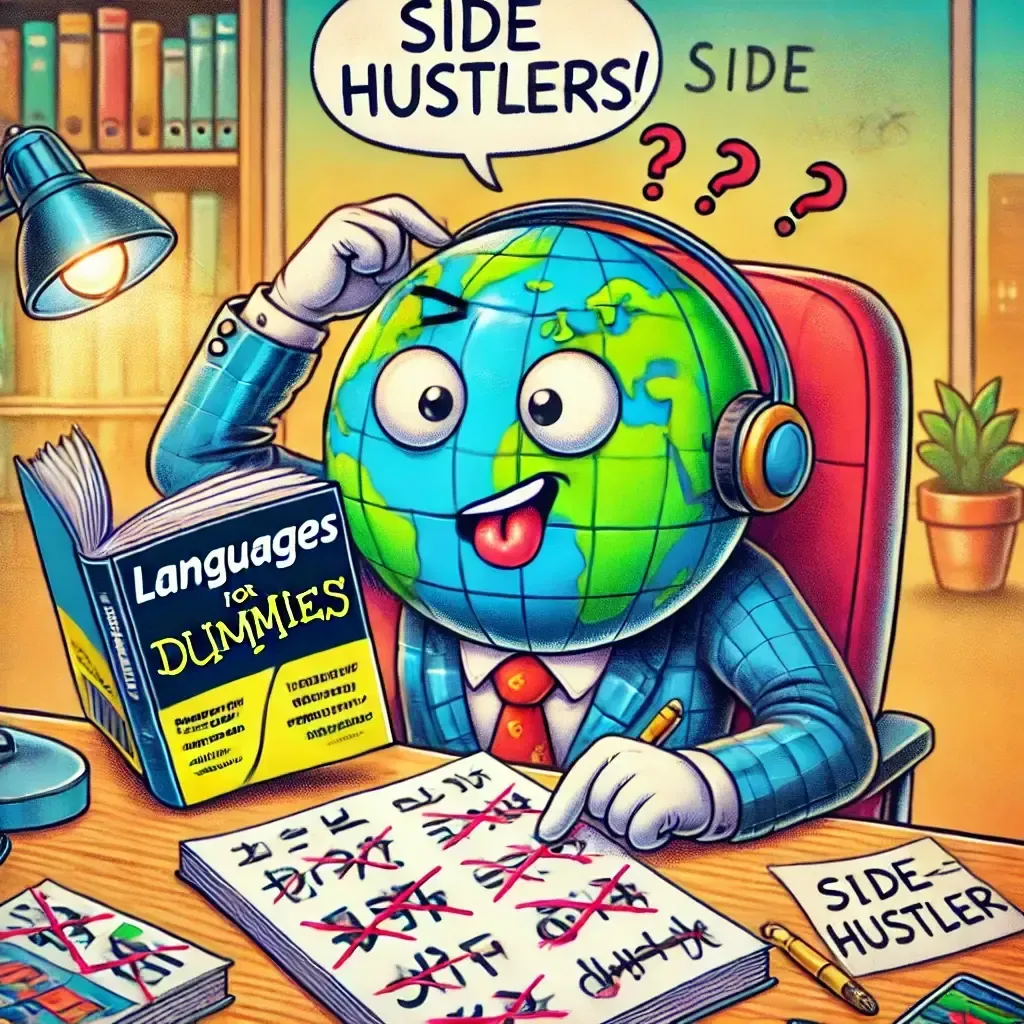The Day Starbucks Lost Me Forever: A Masterclass in Bad Marketing
Marketing isn’t about policy. It’s about how you make people feel.
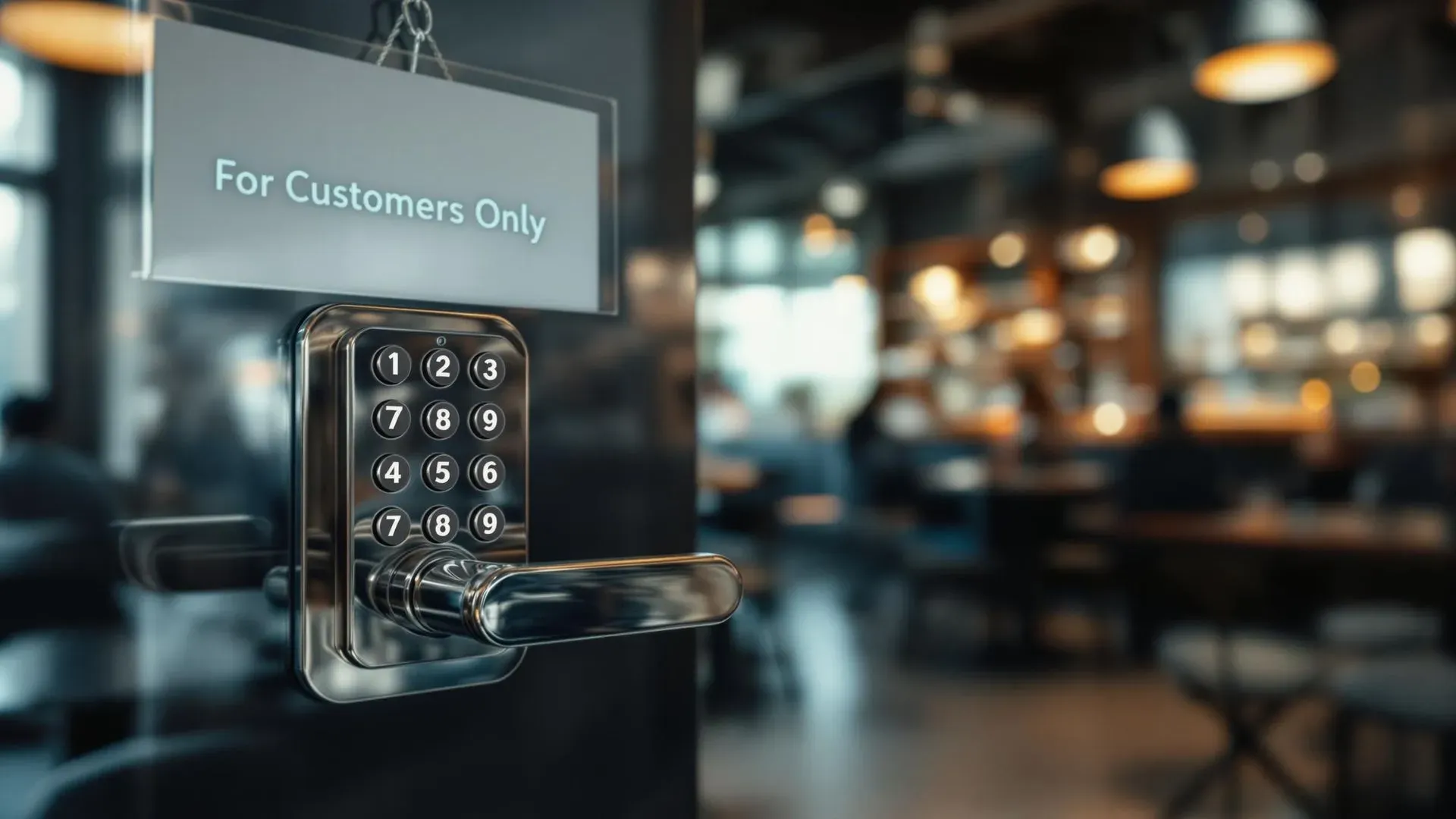
In addition to running my businesses, I drive rideshare a few days a week. It started as a side hustle — a simple way to bring in extra income while I built my marketing business — but over time, it turned into something much bigger. Driving gave me a front-row seat to the real, unfiltered human experience: the struggles, the victories, the quiet heartbreaks, and the unexpected moments of grace that most people miss while rushing through their own lives.
I realized I was collecting stories that deserved to be told — not for fame or clicks, but because they reveal something sacred about who we are, and who we could still be if we chose connection over indifference. That realization eventually became a project I'm deeply passionate about: The Inspired Rides — a book dedicated to the powerful, surprising, and sometimes heartbreaking human encounters that happen one ride at a time.
Today, after a full day behind the wheel, Starbucks lost me as a customer forever.
It started earlier when I picked up a woman at a rundown hotel — the kind of place where hope feels like it’s on life support and where the bathrooms were out of order. She came out carrying a large duffel bag, a few backpacks, and a laptop bag. With her were two kids — one about the age of my own stepson, and a baby in her arms. It didn’t take much imagination to realize that everything they owned was right there in those bags. I could feel the weight of her situation, even without asking questions.
I waited as she made two trips to get everything into my car. I’ll be honest — I was a little frustrated at first, watching the clock tick by. In rideshare, time is money. But something inside me told me to wait, to show patience. She deserved that much. I drove her and her kids across town to what looked like an Airbnb in a slightly better neighborhood. I dropped them off and wished them well.
Afterward, I needed a bathroom — urgently. I spotted a Starbucks nearby on the northeast side of town, pulled into the parking lot, and headed inside. I didn’t think twice about it. Over the years, I’ve spent plenty of money at Starbucks. I was a customer. I was loyal.
When I got to the bathroom door, it was locked with a keypad and a sign that said, “For Customers Only.” No big deal, I thought. I’ll just ask for the code.
The man behind the counter looked at me like I was something stuck to his shoe.
"Bathrooms are for paying customers only," he said flatly. No hello. No empathy. No humanity.
I told him it was an emergency. I wasn’t trying to get a free refill or camp out for an hour. I just needed a restroom.
He shrugged and said, “Policy.”
So, fine. I bought the smallest coffee they had. He gave me the code. I used the bathroom. But by the time I walked out, something in me had shifted.
I wasn’t just irritated anymore.
I was done.
I walked up to the counter, coffee in hand, and told him plainly, "I was going to order some food, but I'm not now. You could have just let me use the bathroom. You didn’t have to be a douchebag about it."
He looked stunned — like no one had ever called him out before.
I continued, calmly but firmly, "You didn’t lose a $3 sale today. You lost a customer for life."
And I meant every word of it.
Bad Marketing 101: How to Kill Customer Loyalty in One Interaction
Starbucks didn’t lose me today because of bad coffee or high prices. They didn’t lose me because the line was too long or the music was too loud.
They lost me because when I needed basic human decency, they hid behind “policy.”
Because when I needed grace, they gave me corporate indifference.
Because they treated a loyal, paying customer like a problem, not a person.
And once a brand crosses that invisible line — once they stop seeing the human being behind the sale —
they’re finished.
No loyalty program will bring people back.
No coupon will erase the experience.
No rebranding campaign will make me forget how small they made me feel.
The Bigger Problem: Policy Over People
This wasn’t just one rude barista.
This wasn’t just a bad shift at a random location.
This is the byproduct of a culture that now prioritizes corporate protection over human compassion.
It’s a culture that trains employees to think first about liabilities and losses, not about kindness.
It’s a culture that turns a once-beloved brand into a cold, transactional machine.
It’s a culture that’s killing businesses — quietly but relentlessly — every single day.
Starbucks is already struggling.
Their growth has stalled.
Their brand is fading.
And if they keep alienating the very customers who built them, they’re not going to survive.
Because here’s the simple truth:
People don’t come back to places that make them feel disposable.
Final Thought:
Today, Starbucks lost me over a bathroom code.
Not because they couldn’t afford to be kind.
Not because they didn’t know better.
But because somewhere along the way, they stopped seeing me.
Marketing isn’t just about branding or ads or seasonal promotions.
It’s about how you make people feel — especially when no one’s watching.
Especially when it costs you nothing to show kindness.
And once you make people feel invisible, you become invisible too.

